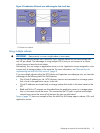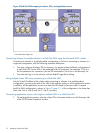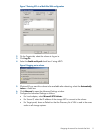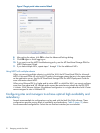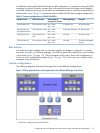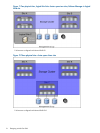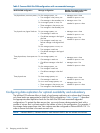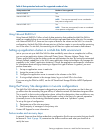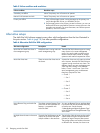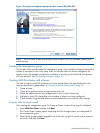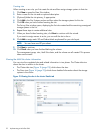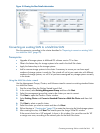
Table 4 Data protection levels and the supported number of sites
Number of sites supportedData protection level
TwoNetwork RAID-10
Three
NOTE: Two sites are supported, but not considered a
best practice configuration.
Network RAID–10+1
Two
NOTE: Three sites are supported, but are not considered
a best practice configuration.
Network RAID–10+2
Using Network RAID-10+2
Using Network RAID-10+2 offers a level of data protection that enables the Multi-Site SAN to
sustain a complete failure at one site and still maintain replicated data at the other site. For example,
with Network RAID-10+2, there are four copies of data for the volume on the SAN. In a two-site
configuration, the Multi-Site SAN software puts two of the four copies in one site and the remaining
two in the other. If a site fails, the remaining site still has two copies and remains fault-tolerant.
Setting up application clusters in a Multi-Site SAN environment
Just as you can set up a Multi-Site SAN for data availability even when a complete site is offline,
you can set up application clusters (Microsoft Cluster Server, VMware vSphere Cluster, Linux
Cluster, and so forth) so that the cluster nodes are split between the sites. By having the automated
failover/failback capabilities in the SAN, many application cluster technologies can leverage this
capability to do “stretch” application clustering. Consult the application server-specific information
for information about setting up clustering to support this type of failover. In general, you must
perform three tasks:
1. Set up an application server in each site.
2. Assign the servers to the sites.
3. Configure the application server to connect to the volumes on the SAN.
4. If using multiple subnets in the storage cluster, log on to both VIPs in the cluster.
If you are using the DSM for MPIO, see the HP StoreVirtual Storage DSM for MPIO Deployment
Guide.
Using the Primary Site designation in two-site configurations
The Multi-Site SAN software supports designating a particular site as primary so that it does not
go offline when the secondary site goes offline, or when the network link between sites goes offline.
This is specific to the two-site configuration where, without this designation, there would be no way
for the system to determine which site should remain online in the event of a network separation
(classically known in the clustering/distributed systems world as a “split-brain” system).
To set up this type of configuration:
1. Designate one of the sites as primary.
2. Start a majority of managers in the primary site.
Contact HP Support for more information.
Failure modes and recovery steps
In general, there are three failure modes that a configuration like this can encounter that you should
be aware of. Table 5 (page 18) summarizes the failure conditions and what you should do to
rectify the issue.
Setting up application clusters in a Multi-Site SAN environment 17



